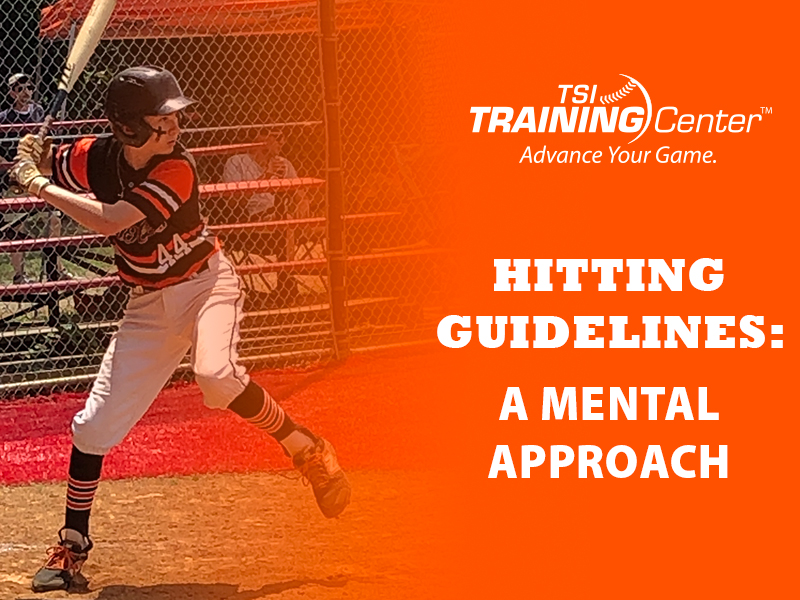Baseball Hitting Guidelines – A Mental Approach
Hitting a baseball the so-called correct way is probably the most controversial subject for players and coaches alike. There are many different theories and concepts which one can choose from. At Dowling College, instead of choosing one to suit everyone, I use guidelines for the physical and mental side of hitting.
The mental approach to hitting (or as I call it “mind prep”) is an overlooked training tool – but if used properly can greatly increase a player’s batting average. Unfortunately, too many players do not take it seriously and therefore don’t utilize their potential. The following is my mental guideline program for hitters.
On The Bench
It’s important to teach hitters that their responsibility begins on the bench. Too many young hitters don’t use this time to focus on the pitcher and game, which puts them at a disadvantage when stepping up to the plate.
Instruct your hitters to study the pitcher. Have them see if they can pick up any tendencies.
- What is his out pitch?
- Does he give his pitch away by his leg kick? e.g. Low leg kick = breaking pitch or curve. High leg kick = fastball.
- What’s his timing like with men on base? Use a stopwatch, to time delivery to the plate(for stealing). Does he fall into patterns?
- Do infielders move on certain pitches?
You can also have the players on the bench chart pitches. This will help the team know what type of pitches they previously encountered.
Let the players know what the can look for in a pitcher. This action will force them to stay in the game and remain alert. Assign players to the above topics and others that you feel are important.
On Deck
Think of the on-deck circle as an at-bat. Encourage batters to focus and clear their mind of everything but hitting.
- Always face the pitcher in your hitting stance.
- Take your practice swings when the ball crosses the plate of the hitter in the box. Get a sense of the pitchers timing and release point. See the ball and zone in on the upper 1/4 of the body(right or left shoulder). Track the ball the whole distance. Imagine the ball hitting your bat and getting a hit.
- Swing the bat you are using to hit with (not the heavy bat the whole time). It’s alright to swing the heavy bat a few times, but then use the bat you’re taking to the plate.
- Always help the runner
A. Let him know about pass balls
B. Help the runner score
C. Make sure all equipment is out of the way on a play at the plate.
At The Plate
Hitters must go to the plate focused and have only one thing on their mind: hitting the ball. The following points are necessary for a hitter to be successful at the plate:
- Be aggressive, don’t put yourself in a defensive mode.
- Don’t overthink, know what you have to do. If you practice hitting to the opposite field, bunting, or any other techniques, your body will react accordingly.
- Go up to the plate each time fresh. Don’t bring the last at-bat or play in the field with you.
Coaching Point
Hitters know when they strikeout. Showing displeasure is not going to make the hitter understand why he struck out.
If you see a mistake, tell the player what you saw when he gets to the dugout and not in front of everyone. Keep notes of each at-bat, and if a pattern is developing, take the player aside at practice and go over the notes with him.
The coaching staff also uses sensory perception training in the pre-season for all skills, especially hitting.
Basically what we try to accomplish is the visualization of a particular skill, reinforced in practice with physical activity. Let’s say hitting behind the runner was our topic for the day, we would gather our players in a room, turn the lights low and go over the fundamentals of the skill.
At this point, we would ask them to close their eyes and put themselves in the situation, against familiar opponents. Then we go overplay and ask the players to see themselves making a great play (i.e. moving the runner over). Tell the players to picture the play over and over for about 8-10 minutes.
The players then go over the drill physically. The players try to hit behind the runner. Hopefully, succeeding in the players’ minds will help them become more comfortable when they actually perform the skill. The drill must be treated the same as you would a practice session and can be used for any skill you want to develop.

